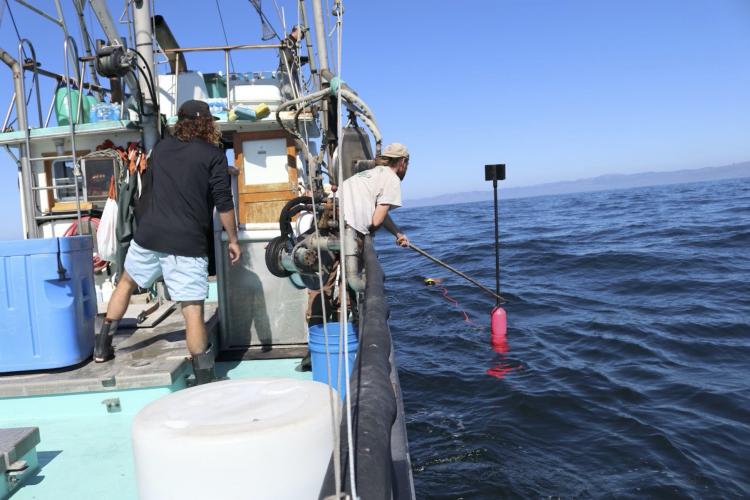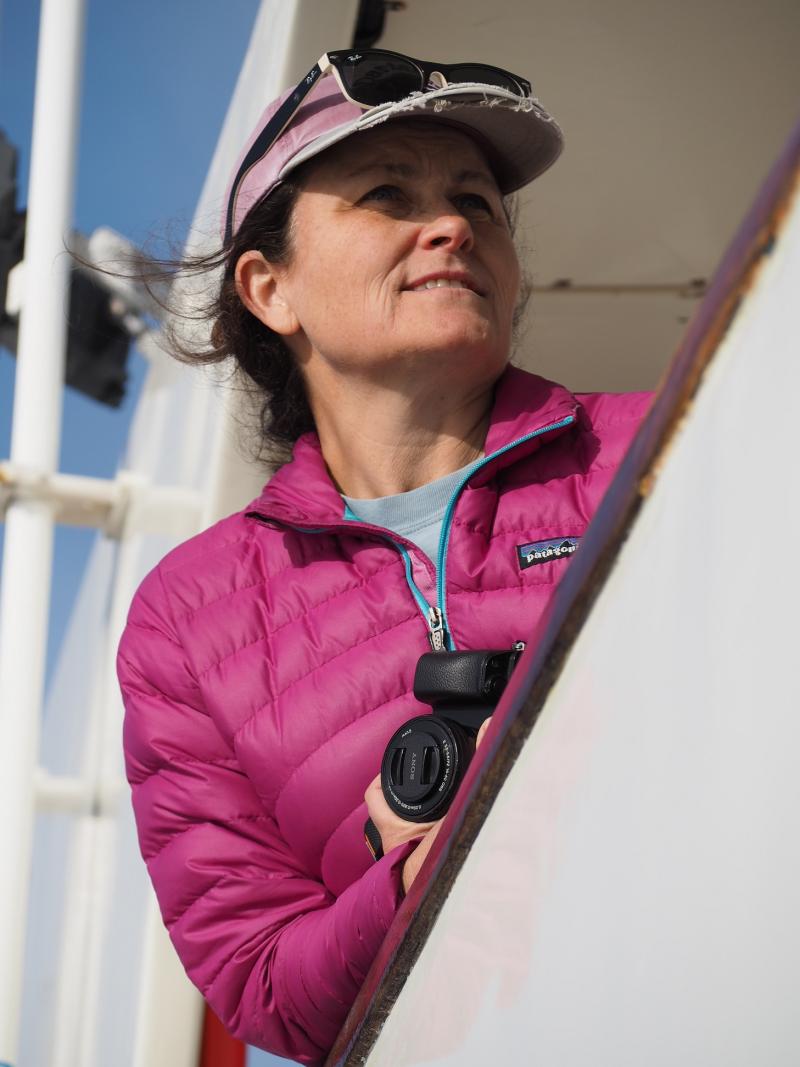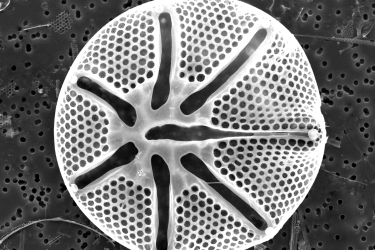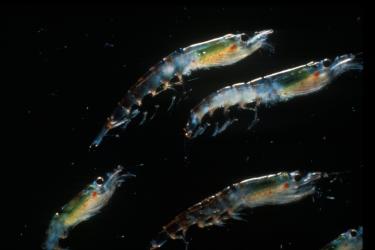When I first heard about the recent surge in humpback whale entanglements in the California Dungeness crab fishery, I naturally wanted to help. So I reached out to a group working on addressing fishing gear entanglements. I asked how our acoustic research could help the crab fishery. What I failed to realize was that perhaps the appropriate question should have been, "Can the crab fishery help our acoustic research?"
My name is Shannon Rankin, and I lead the Southwest Acoustic Ecology Lab here at the Southwest Fisheries Science Center. Our team is using drifting acoustic recorders to understand the distribution of whales and dolphins in the California Current. We will use this data to understand the potential impacts of future wind farms off California as well as the risk of ship strikes off busy San Francisco Bay (see previous blogs by Cory and Anne). Perhaps these same recorders could be used by crab fishermen to monitor whales in their fishing grounds?
A reasonable first step was to find fishermen who were willing to test out our gear. To me, this was a no-brainer. They only need to deploy our drifting buoys as they go out to deploy their crab pots—and retrieve them a few days later. Our buoys were easy to use, right? Just add water! No scientist needed!
Strike that. I thought our buoys were easy to use. After loading the buoys onto the boat (so heavy!), I showed the fishermen how to start the recorder using the remote. (Can you see the light? No? Try a blanket over your head and squint. No? Try holding your breath and wiggle the third toe on your left foot!). Oh, and getting our GPS trackers weatherproof—OK, even I knew they needed improvement. Just because something is easier does not mean that it is easy.
Dick Ogg, a fisherman out of Bodega Bay, was patient with me the first time we met. He listened, nodded, and smiled. The second time we met, he offered some suggestions. This was my turn to listen. Now, when he calls my phone, I answer. Dick always has some new clever idea, some valuable experience, or contact to share. With his help, we are slowly but surely replacing many of the buoy components except the actual recorder and hydrophones. These new drifting recorders are much more robust and easy to use.
With Dick's help, we now have a buoy that can be readily deployed by crab fishermen and other citizen scientists as well. And now that the crab fishery has helped our acoustic research, perhaps I can (finally) return the favor and help the crab fishery.




